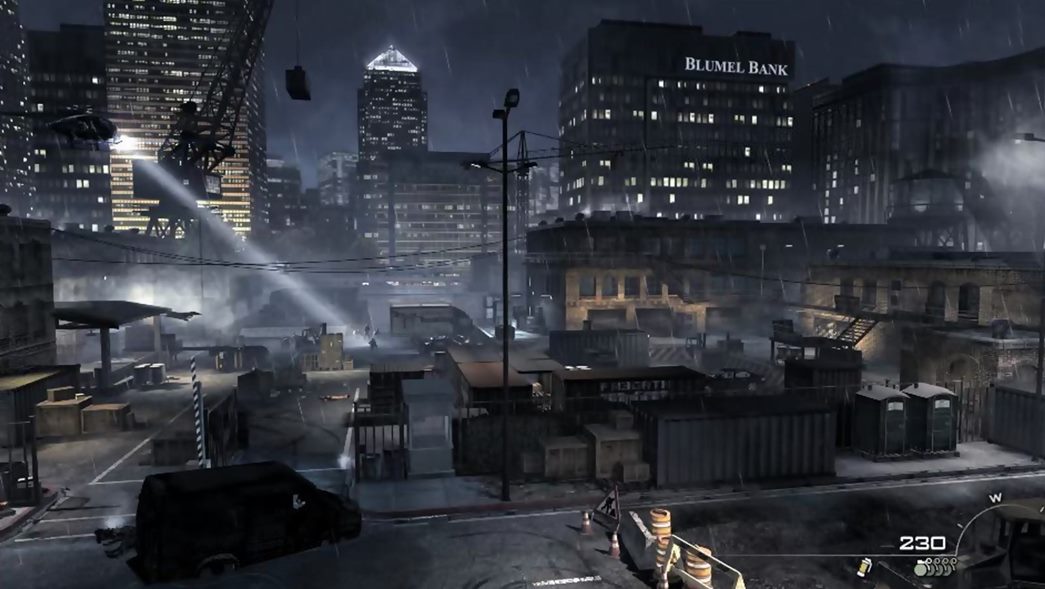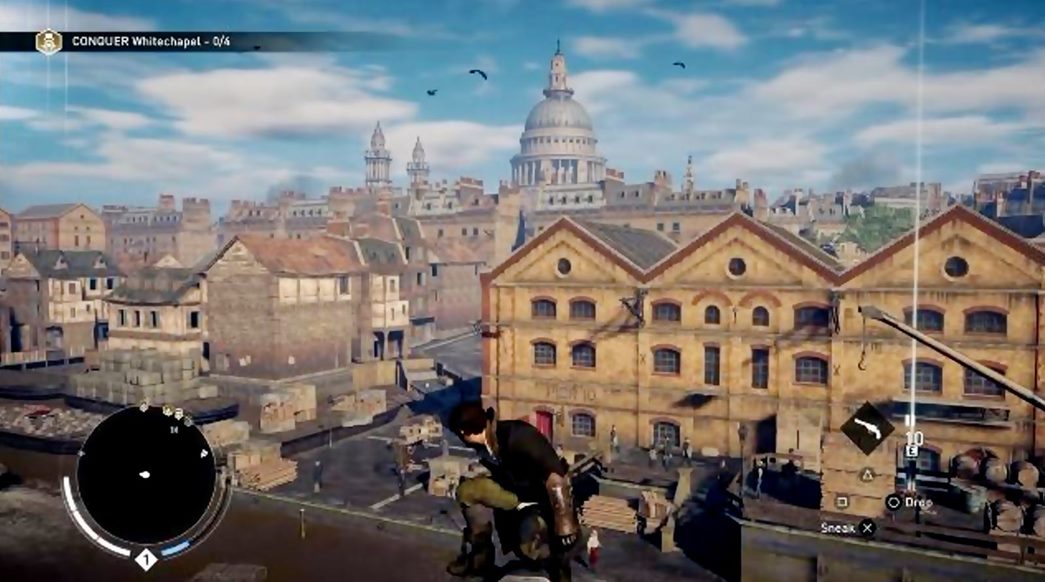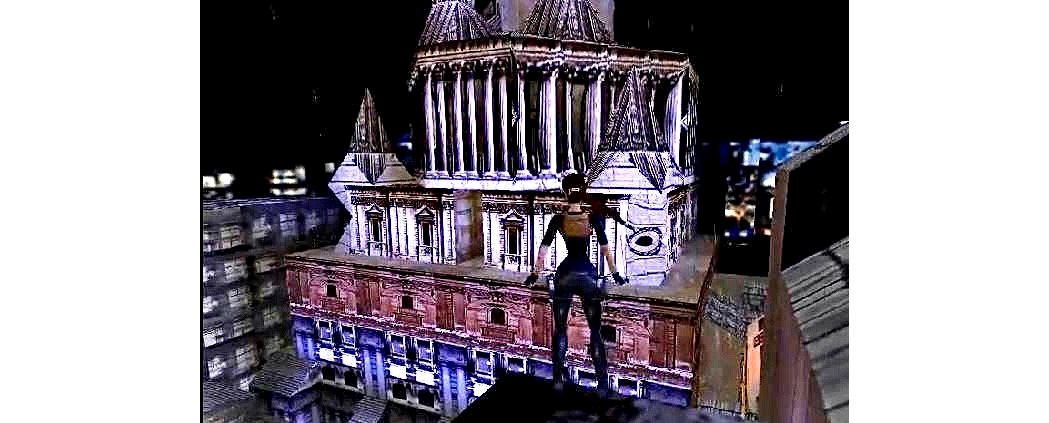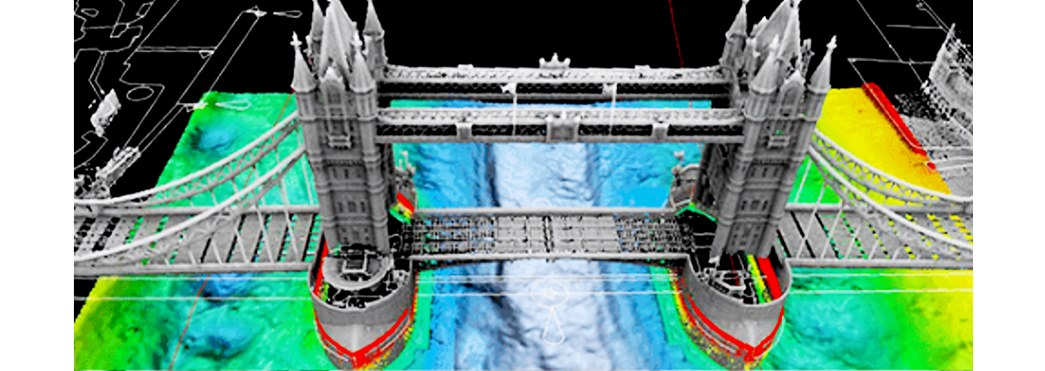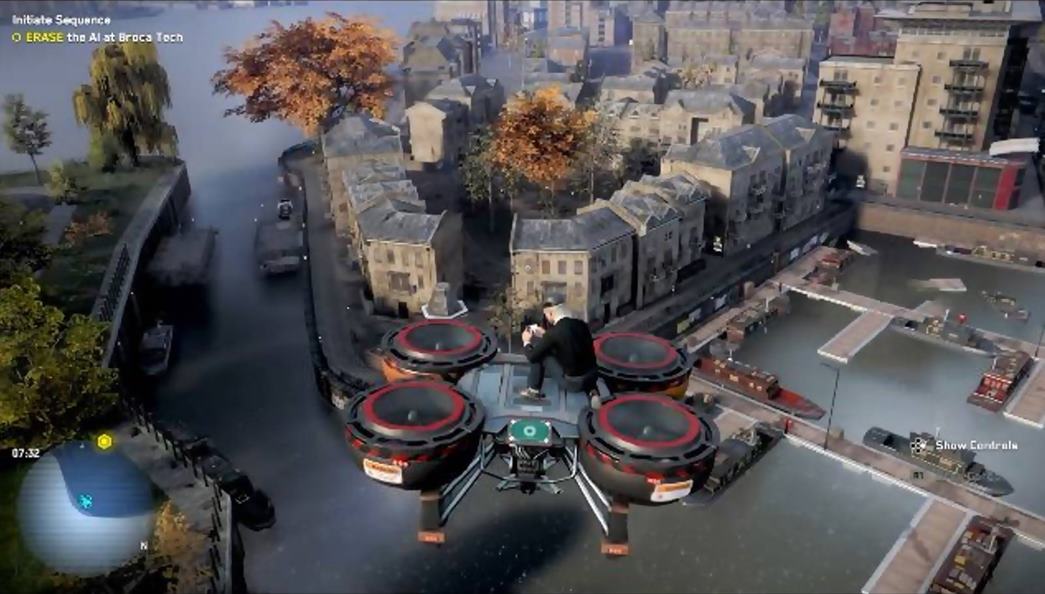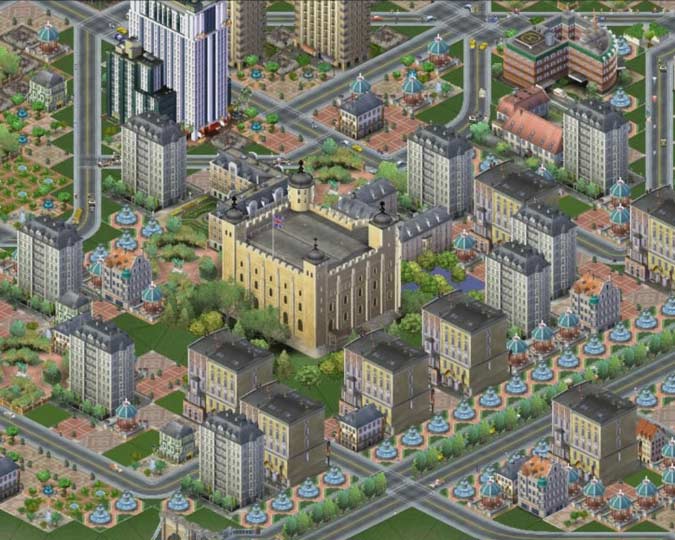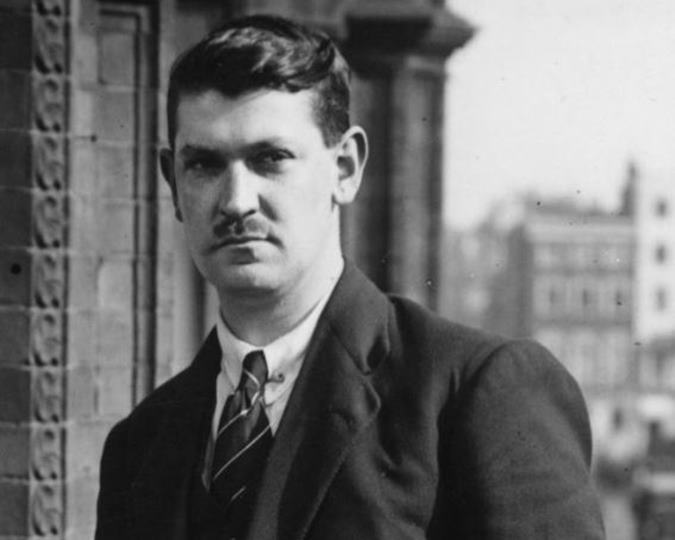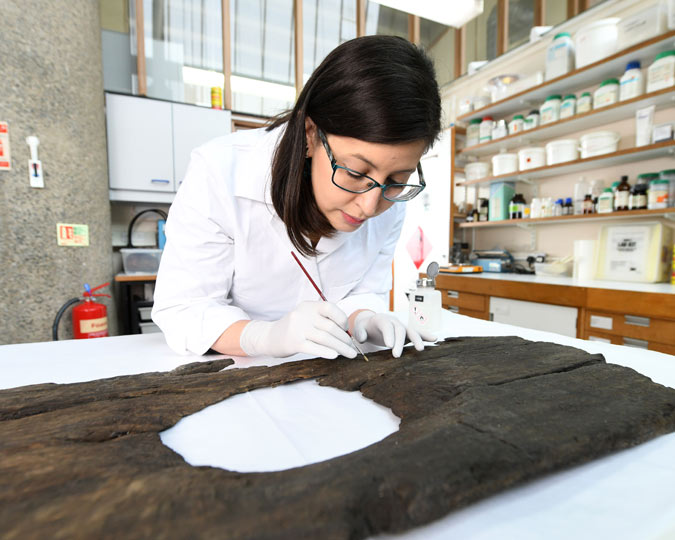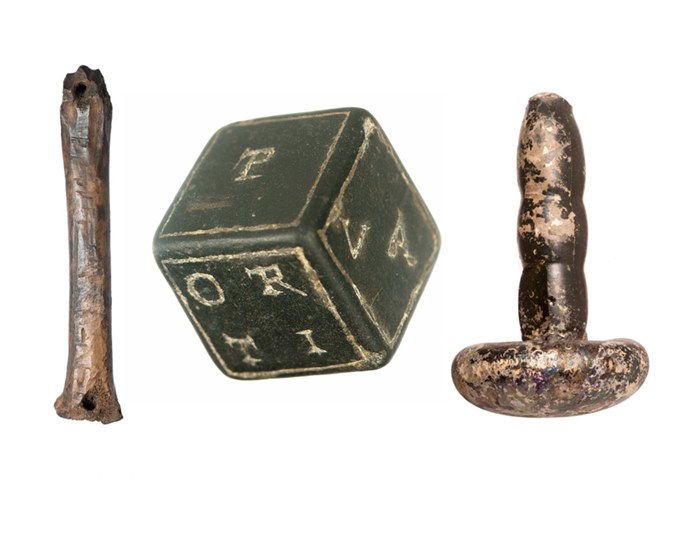Across time, London has been portrayed across many media —paintings, music, movies — but, now, in video games players see parts of the city like never before. It’s a place where fantasy and reality cross paths, and thriving in the midst of it all is — you! But what makes London’s Docklands a favourite with game developers and players? Read on to find out!
Creative minds have long explored the possibilities of London, its streets, its people and its culture. From Chaucer’s verse, through Canaletto’s paintings and Doyle’s Sherlock Holmes to the explosion of cinema, there are innumerable of depictions of our capital city. But, perhaps, the most modern of all these creative renderings is the ‘video game’!
And in this, an area of particular interest has been London’s port and river — going back to the point-and-click adventures of the late 1990s’ Broken Sword series, the clambering mysteries of Lara Croft in 1997’s Tomb Raider 3 right through to 2020’s open-world title Watch Dogs: Legion. The city’s port as a ‘gaming environment’ has been well explored.
The rise of the docklands
In November 2011, Activision released Call of Duty: Modern Warfare 3. This was the first game of the series to bring the players to the streets of London. Not to Big Ben, Piccadilly or any of the usual tourist sites of central London, but they placed the game in the Isle of Dogs, in London’s Docklands. Following directly from the events of COD: Modern Warfare 2, it picks up the story of Captain Price and his unit as they are sent on missions to try and bring an end to the ongoing fictional World War III, one of the missions leading to a warehouse in this iconic London location.
The games were a massive success, thanks to better technology and graphics, more multifaceted combat and complex online multiplayer modes. Huge anticipation surrounded the release of COD: MW3, and within the first 24 hours of release it had sold over 6.5 million copies worldwide! That’s a lot of gamers clambering around this recreated Isle of Dogs.
For Londoners, seeing locations they know so well, such as No.1 Canada Square or Canary Wharf was an absolute treat — and our own Museum of London Docklands would be a short walk away from where the in-game action took place.
Why the port?
From a gamer’s perspective, it makes absolute sense why a port would work as a great location, particularly in an action game. The empty box-like warehouses are filled with crates, barrels, ropes, chains and shelving to hide behind, climb over and swing across. The docksides give the same potential, but also add cranes, boats and ships that can be jumped onto and over — or used for transport, chase and escape. The location also gives the opportunity for beautiful vistas, wide skies and, in the case of London, to show famous landmarks to really ground a player into the world.
And it’s not just the ‘portrayal’ of London that holds interest for the gaming community, but the ‘physical location’ is important. Game developers currently active in London include King (Candy Crush), Rocksteady Studios (Batman: Arkham series) and Rockstar Games (Red Dead Redemption 2) to name a few. And, furthermore, within our city, Londoners have been brought together to share in gaming too, be that in the huge arcades of SegaWorld in the Trocadero (1996–99), or the eSports competitive events that have filled its arenas in recent years. The connection between this city and games runs deep.
But what about the narrative, the stories of the docks?
Well, London’s docks — and the East End where they reside — have long been the chosen location for gangsters, pirates and smuggler stories; a theme game developers have carried forward.
In Assassin’s Creed Syndicate (2015), not only are the locations used for the assassin to sneak and lurk around, but the Port of London has been incredibly recreated in the Victorian era — in magnificent detail.
History-loving players may have a challenge completing this game in good time, as the open environment of Victorian London could be rather too enticing to explore. For those who spend time at museums surrounded by objects from our past, here they have a whole world to explore where some of those objects come to life! The depiction of the river Thames at the height of the British empire, where the Upper Pool of London was the central hub is particularly impressive —filled with ships, skiffs and barges bringing trade goods in from around the world. Amid the overwhelming chaos, noise and smoke, you’re transported back in time.
The recent advancement in 3D rendering software and game engines has allowed for increasingly realistic portrayals, from the basic versions in games such as Tomb Raider 3 (1998). Such a range is represented in the many video games that form a part of the Museum of London’s collection, including Tomb Raider 3 and SimCity 3000 (UK Edition).
From gaming portals to London ports
Interestingly, there are now some crossovers in 3D rendering technology that are impacting the real Port of London today! Similar tech to the ones being used to produce 3D environments for games is being used by the Port of London Authority (PLA) in their day-to-day management of the River Thames, and of London’s modern docks.
The PLA’s hydrographic team is doing incredible work blending technologies such as laser-scanning, drone-led geo-photomapping and multi-beam echo sounding to create virtual meshes. These are then used as part of assessments of the riverbed, structures and recovery/salvage operations. The teams using these models can fly around inside the 3D environments — just like players in video games — seeing intricate details of areas that would normally be very hard to reach.
In the future, we will likely see real-life scans act as base models for environments in games set in London, blending with sculpted artwork produced by 3D artists.
A different city experience
Video games are about fun, play and escapism. In addition, when games depict aspects of reality so vividly, they also allow players to live out a fantasy in a deeply engaging way. In Watch Dogs: Legion (2020), you can find yourself interacting with London in ways you never could in real life — from climbing to the roof of a skyscraper to joyriding a drone along the course of the river (unless you were a secret Avenger!).
Set in an alternative future, you can wander around (or hover above) the streets of London, looking for familiar sites and interacting with various characters as you complete your quests. Central to the game is the Thames and its embankments, lined with beaches, warehouses and filled with vessels. It is a ‘physical’, yet interactive, barrier that players must navigate to reach their objectives — akin to commuters and tourists who regularly cross this vast river and London’s original port — to reach their destination.
Today, the Port of London is something that may seem ‘distant’ for many modern-day Londoners. The container ports are, for the most part, outside of Greater London, far way east towards the Thames Estuary. In the past, cargo was handled right in central London, where people lived and worked! It wasn’t just ‘visible’, it was integral to the landscape of the City. The port today is somewhat of a mysterious place of warehouses, containers, ships and cranes, and is both a crucial link to the city’s past and central to its future prosperity. Likewise, the docklands area — both old and new — is reprised across time on TV, film, art and literature.
In video games, though, the person/character walking through the familiar London docks is not a passive viewer but an active player in fantastical narratives involving jumping onto boats and dangerously navigating the Thames like a hero or pirate, finding mystery crates in the vault-like warehouses and catching smugglers. And much like visiting Baker Street hunting for Sherlock Holmes, or searching for the right King’s Cross column that would teleport you to Platform 9 ¾, a walk across the docklands brings to ‘life’ a reality that players live in an alternative fantasy universe — which is more real than ever.
And these are just some of the many reasons why video gamers love London’s docklands!
Header image: A screenshot from Assassin’s Creed Syndicate (©Ubisoft Quebec)








